Montenegro in one week
May 23, 2018 14 min read
Montenegro is the perfect country for a road trip. It is small so there are no long distances of boring transport through uninspiring areas. Despite being small, there is a lot to see and do in Montenegro. The varied landscape has sapphire blue water at the Adriatic coast, historic medieval towns, green forests, black mountains and colored lakes in the national parks.
The quality of the roads varies, but the bigger ones are in good shape and easy to drive. The single-track back roads in the mountains are sometimes tiring and tricky to drive if you are unlucky and meet another car where the road has no passing place close. We often went for the smaller roads because they are scenic, but sometimes we skipped them in favor of easier and faster roads.
The only bad thing about Montenegro road tripping is the high season traffic at the coast and around some popular destinations like Kotor. If you are traveling in July or August, look forward to spending time in queues on the coast roads.
A road trip in Montenegro can be short in distance while still including many sights. It is possible to whizz through the country in a few days, but you will enjoy it so much more if you add some days to the trip.
It is nice to combine the road trip with a couple of days in Dubrovnik (Croatia). The itinerary described in this guide starts from Dubrovnik but you can do the same route starting from for example Podgorica or Budva (Tivat Airport) if you are arriving Montenegro by plane.
The list below contains the places shown on the map. It includes a few places we didn’t have time to visit on our road trip. They only have brief descriptions, but you can search for more information and find out if they earn a place in your itinerary. The places are listed in the order we visited them on the trip.
After visiting Durmitor National Park in northwestern Montenegro, you can head south and go back to Dubrovnik. Another option is to extend the trip by going back through Bosnia and Herzegovina. Visit Sarajevo and Mostar before returning to Dubrovnik.
How many days will this route require? Well, that’s up to you! How many days do you have? In my experience, when doing a road trip, you are always one day short. If you had that one extra day, it would make the itinerary perfect. It doesn’t matter if you add a day, you will still be one day short because you now see the possibility to add a new place to the route.
We did a version of this route in 4 days excluding the time in Dubrovnik. We started from Dubrovnik in the early afternoon the first day and crossed the border to Bosnia late afternoon on the last day. Montenegro was part of a longer road trip also including Croatia and Bosnia and Herzegovina in 15 days. We had a great time in Montenegro and 3-4 days was too short, a mistake in the planning. I would add 2-3 days to the travel plan so about a week should give you time to see the best of the country in a reasonable tempo. We did not stress much as the driving distances are short, but we had to skip time-consuming activities like rafting on the Tara River or doing a full-day hike.
This road trip is easiest to do by car, but most of it should be possible to do by bus. There are buses connecting the cities and also several of the national parks. For locations without public transport, for example Njegoš Mausoleum in Lovćen National Park, you can arrange a private driver for the day in Kotor or join an organized tour. For bus routes and time tables, see BusTicket4.me.
It is outside the scope of this post to describe Dubrovnik, it will be the topic of a future article. Dubrovnik has a fantastic old town, but it suffers from the hordes of tourists invading the city every day. Even with the crowds, Dubrovnik is an enchanting place and a good way to start the trip.
After leaving Dubrovnik and passing the border control, your first impression of Montenegro is Bay of Kotor. That’s a pretty good introduction to a country! Boka Kotorska is the local name for the bay which is made up of four smaller bays. The section of E65/80 between Herceg Novi and Kotor, the route most people settle for, is 44km and requires about an hour to drive excluding stops and traffic jams.
Highlights in the Bay of Kotor are the picturesque old towns of Perast and Kotor. Kotor is the main attraction in the Bay, but Perast is also worth a stop. You can do sightseeing in Perast, for example taking a boat to one of the cute islets just off the shore. You can also skip the sightseeing and settle for a lunch or dinner at the waterfront. There is a separate post about Bay of Kotor with all the details.
Continue onwards to Lovćen National Park and Njegoš Mausoleum on the scenic P1 road from Kotor. The road winds up the slope of Mt Lovćen in 25 serpentines and the view over Bay of Kotor just gets better and better. You will have the best panorama over the bay from the viewpoints along this road. See the Njegoš Mausoleum post for the details of driving the P1 road and a short video showing the condition of the road.
After finishing the Kotor Serpentine section of the road, you can either drive through the heart of Lovćen National Park to the mausoleum or you can go around the mountain to Cetinje and approach the mausoleum from the east. The back road through the park is rougher than the P1 road so if you don’t like driving on single track mountain roads, continuing on P1 to Cetinje is a safer choice.
A highlight of the road trip is Njegoš Mausoleum built on top of the second highest peak of Mt Lovćen. How can a mausoleum can be a highlight? This unusual place is the final resting place for Petar II Petrović-Njegoš, poet, philosopher and Prince-Bishop of Montenegro in the 19th century. Njegoš is an important person in the history of Montenegro and his mausoleum is a spectacular sight with its remote location on a mountain top. Get all the facts and see photos of the site in the Njegoš Mausoleum post.
Budva is the busiest place on the Adriatic coast and the most touristy destination in Montenegro. People come for the sun, beaches and partying and if that is your thing, add Budva to the itinerary. The Budva Stari Grad (Old Town) is atmospheric, but if you have already visited Dubrovnik and Kotor on your way here, it will just be more of the same. Expect the city and beaches to be crowded if you arrive in July or August. We did not stop in Budva on our trip, but I guess the town ranks high on the list for many travelers.
The Sveti Stefan island is one of the most photographed places in Montenegro and it is easy to see why when you are looking down on the island from the coast road. Don’t get too excited though, the whole island is a resort and is off limits except for hotel guests. Sveti Stefan was popular in the 1970s and saw many celebrity guests. The popularity declined in the 1990s with the breakup of the Yugoslav federation. A Singapore-based resort operator runs the resort since 2007.
There are two beaches here, the one to the south (left in the photo) of the causeway is public and open for everyone. As you might expect, it fills up fast in high season. The northern beach is private to the resort. If you have lots of money or an unstoppable urge to enjoy the private beach, you can pay the ridiculous fee of €50 (Wikitravel 2018) to get access to the beach.
We settled for just gazing down at Sveti Stefan from the road and the view is pretty for sure. On this day, with horrible traffic, it was faster to walk than to drive, so we got a good long view of the island.
The coastal town Bar is a transportation hub with the largest port in Montenegro and the Belgrade - Bar railway. If you want to connect with Italy, there is a ferry line to Bari operated by Montenegro Lines. The new city of Bar is not so interesting, but Stari Bar (Old Bar) appears to be worth a stop on the road trip. The old ruins of Stari Bar is around 4km from Bar on a rocky slope at the foot of Mt Rumija.
Stari Bar was in our itinerary for the trip but we never made it there. We got stuck in a long line of cars on the M2.4 heading south towards Bar. We endured in the queue far too long time before we bailed out and headed north towards Podgorica instead. I am not sure why the traffic was so horrible, but many of the cars had Italian license plates so maybe the ferry to Italy had something to do with it.
Lake Skadar is the largest lake in southern Europe and it is named after the city of Shkodër in northern Albania. This dolphin-shaped lake is on the border between Montenegro and Albania and it is one of five national parks in Montenegro. The lake is beautiful and people come here for lake cruises, bird-watching, kayaking and fishing. A good starting point for exploring the lake is the small village of Virpazar where you can arrange lake cruises and get more information about the park in the visitor center.
We passed on the organized activities at Lake Skadar, there was this touristy feeling in Virpazar with pushy people trying to sell lake cruises that put us off. Also, we arrived at the lake later than planned and we didn’t want to spend all the time we had in the park on a cruise. Instead we made the drive to Rijeka Crnojevića, a village in the northwestern corner of the park. The village is next to a river with the same name, and a few kilometers from the village is the Pavlova Strana viewpoint from where you have a gorgeous view over the river making a horseshoe bend around a hill. Pass by here on your day at Lake Skadar, this is the most stunning view in the national park.
See the Lake Skadar post for more information about the national park and how to find the Pavlova Strana viewpoint.
Podgorica is the capital of Montenegro. Between 1946 and 1992, the city was known as Titograd after Josip Broz Tito, the former leader of Yugoslavia (1953 - 1980). We arrived late and left early, just staying for the night so we saw nothing of the city. We prioritized the countryside on this trip, but I am sure Podgorica is worth a day or two if you have room for it in your itinerary. The capital is probably the best option for finding high quality local food.
Montenegro has five national parks and we visited three on the road trip. Prokletije National Park, established in 2009, is the newest of the five. It is located in northeastern Montenegro at the southern end of the Dinaric Alps. The location is off from the route so we didn’t go there. It looks promising though, with beautiful mountains and hiking trails.
Biogradska Gora is a forest and it has been a national park since 1952. It is one of few large virgin forests remaining in Europe. A virgin, or old growth, forest is untouched by humans. That is something rare today, a place where nature still exists in its purest state. The pretty Lake Biograd (Biogradsko jezero) is one of six glacial lakes in the park.
We considered visiting Biogradska Gora instead of Durmitor National Park, but we went for the latter due to its alpine setting and many hiking options. It turned out to be the right choice for us, but for forest aficionados, Bioagradska Gora is an interesting alternative.
Ostrog Monastery (Manastir Ostrog) is the most important site for Orthodox Christian pilgrims in Montenegro. Saint Basil of Ostrog is buried in the monastery. The location in a cliff face looking out over the valley below is dazzling. The photo below of the monastery from a distance is not the best, but the white blob on the left side of the cliff is the monastery. Above it on the mountain is a big white cross.
There is a lower monastery (Donji manastir) about 3km from the upper monastery (Gornji manastir). You can take a quick look at the Church of the Holy Trinity here before continuing to the upper monastery. According to tradition, pilgrims walk this distance on a steep road. Tourists can drive up to a car park from where it is about 200m left of the ascent to the monastery. The road is narrow in places and some drivers might not appreciate the drive up to the parking. We saw cars continuing past the car park going all the way to the top where there is a small parking space.
The visit to Manastir Ostrog was a mixed experience. I have visited many religious sites while traveling, churches and mosques often have impressing architecture and exquisite artwork. At Ostrog Monastery, I felt like I disturbed the pilgrims and the monks. We spent maybe an hour queueing in the strong sun for what we thought was the entrance to the monastery. I am not sure if this is the only way to go inside the monastery, but it was the line to the shrine with the relics of the saint. Seeing how significant this moment were for the surrounding pilgrims, I felt disrespectful entering the shrine as a tourist. A monk outside the crypt makes sure that people enter one by one so the shrine does not get crowded. There is also a monk inside the crypt watching every step you take, which makes the situation ever more awkward.
After passing through the crypt, you enter the lower floor of the monastery. There are stairs leading up to the upper floor from which you have a nice view over the valley. Remember to bring proper clothes if you want to enter the holiest part of the monastery. You must cover your legs (long skirt, trousers or jeans) and shoulders. Many women also cover their heads, but it isn’t mandatory.
The monastery is built within two caves and it appears like it has grown out of the rock. The location and the architecture of the monastery makes it worth visiting. I think it has its place in the itinerary but I would prefer not having to enter the crypt of the saint out of respect for the pilgrims. If you have a tight schedule in Montenegro, consider skipping the monastery in favor of one of the other places. It might be better to leave this sacred place for the devoted.
Durmitor National Park became our favorite of the three parks we visited on the trip. The park is beautiful with impressing mountains and it is the place for outdoor activities in Montenegro. The most popular activity in the park is rafting through the Tara River Canyon, the deepest gorge in Europe. Durmitor has good hiking, canyoning, mountain biking and several glacial lakes. The most visited of the lakes is the Black Lake (Crno Jezero), easily accessible from Žabljak, the only town in the park. See the Durmitor National Park post for information about the park and the Hiking Mt Ćurevac post describing a short hike to a viewpoint overlooking Tara Canyon.
Piva canyon makes up the western border of Durmitor National Park and the E762 road follows the canyon to the north starting from Pluzine. If you are continuing the road trip by entering Bosnia and Herzegovina, you will drive through Piva Canyon to the border crossing at Šćepan Polje. The Piva and Tara rivers joins in Šćepan Polje and there are several rafting camps here.
If you are finishing the road trip by going straight back to Dubrovnik, you might still come this way if you do a one-day rafting tour as they often gather in Šćepan Polje before going up the river to the starting point of the tour. If you end your visit in Durmitor with a rafting tour, you can take the car to Šćepan Polje and continue right away after the rafting instead of going back to Žabljak with the tour operator.
The road through Piva Canyon is scenic following the river and passing through many small tunnels. In 1975, completion of the Mratinje Dam and flooding of Piva Canyon south of the dam created Lake Piva. The dam is 220m high, and the road passes over it. The Piva Monastery (Manastir Piva) was disassembled and rebuilt a few kilometers away as the old location was flooded. Lake Piva is beautiful with its turquoise colored water.
The P14 mountain road connects Žabljak in Durmitor National Park with Suvodo and it joins the E762 at Pluzine. This road is an option instead of taking the longer route from Žabljak on the P5 and E762. The road is spectacular with nice views of Lake Piva, but it is narrow, steep and has unlit tunnels where two cars cannot pass each other. For more information about the P14 road, see the Dangerous Roads website. We didn’t drive the P14 as we had done plenty of mountain road driving already and wanted an easy drive to the Bosnian border. We were running late and had some distance left to drive to Sarajevo on this day. Otherwise we would have taken it, these small back roads are often very rewarding and with little traffic.
Extending the road trip into Bosnia and Herzegovina instead of going back to Dubrovnik after Durmitor is an excellent choice. I didn’t have time yet to write the posts about this part of the trip. They will appear later in the Bosnia and Herzegovina country guide. We made stops in Sarajevo and Mostar. Sarajevo has an interesting history with the assassination of Archduke Franz Ferdinand of Austria in 1914. The murder led to the start of World War I.
Mostar is known for its beautiful architecture with the famous Old Bridge (Stari Most) from the 16th century. The bridge was destroyed during the Bosnian War in the 1990s, but it has been reconstructed and opened again in 2004. The area around Mostar has some sights including Kravice Waterfalls and Blagaj village with the Derwish House.
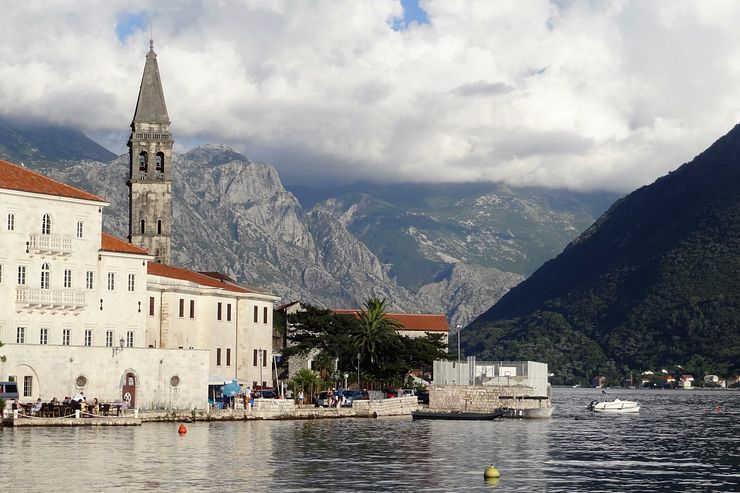
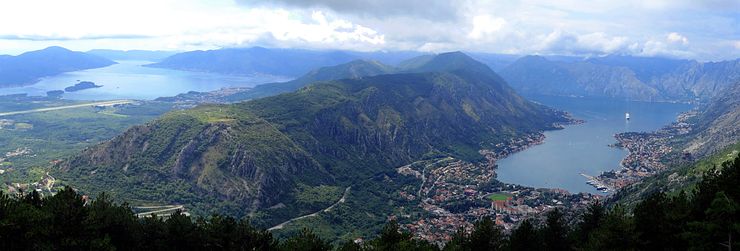
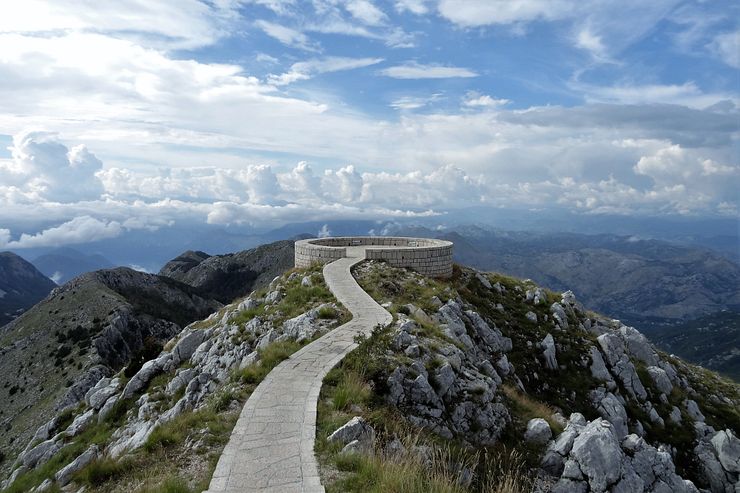
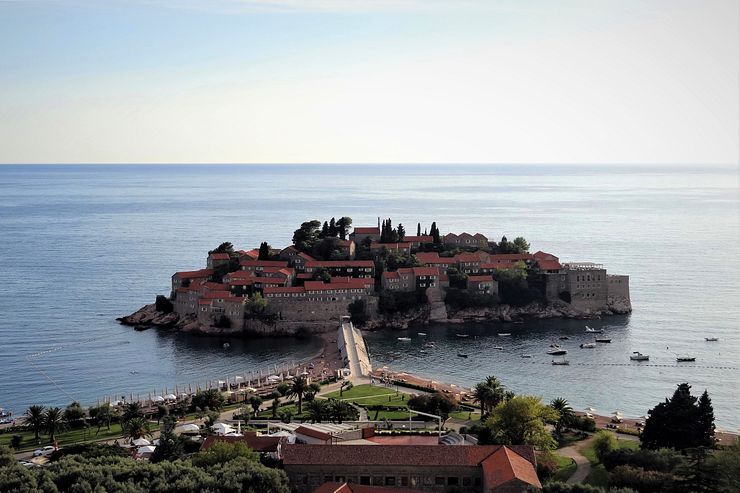
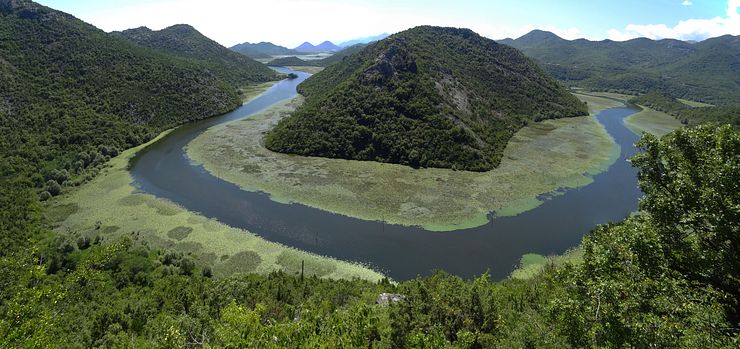
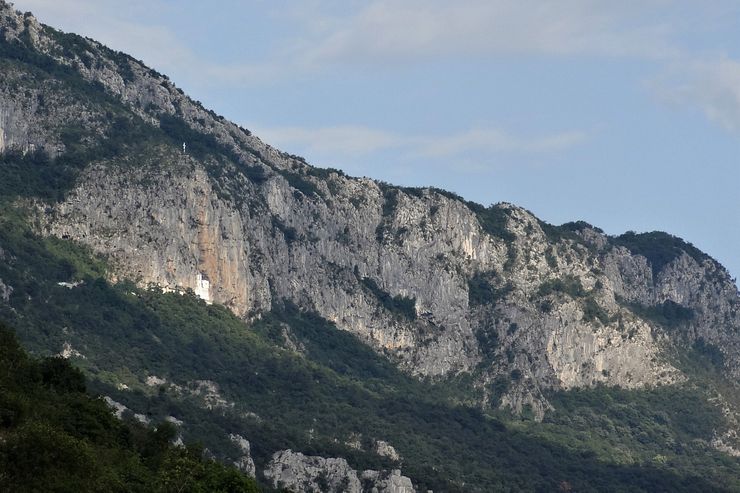

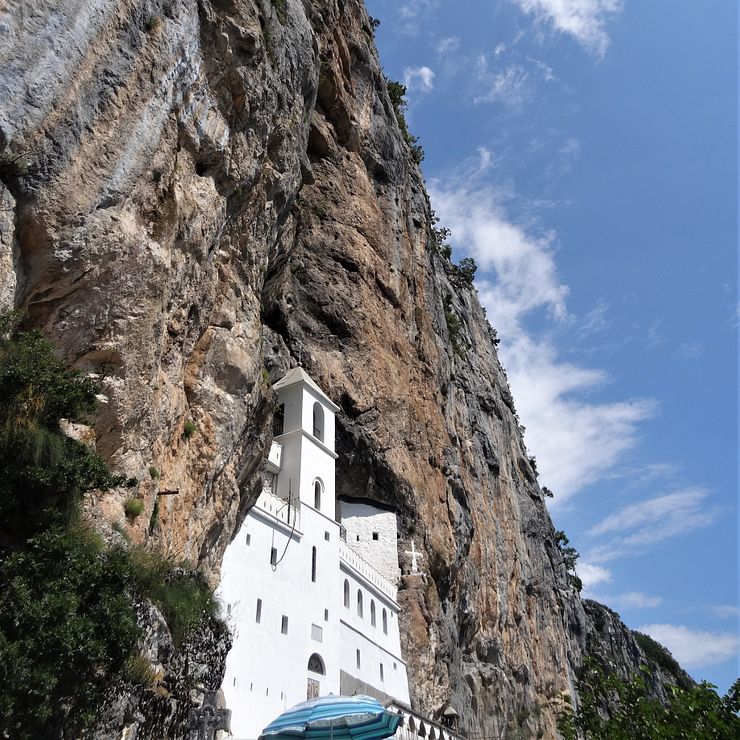
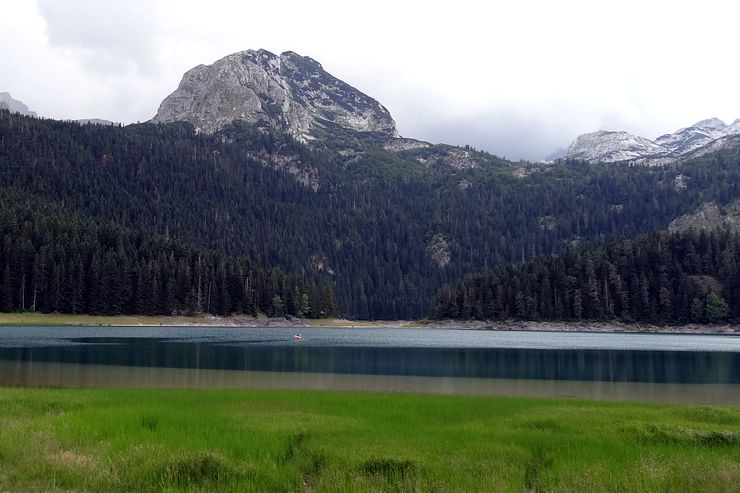
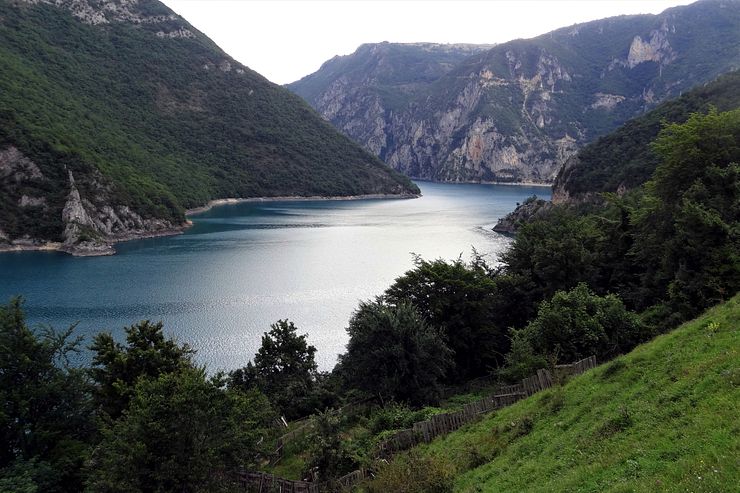
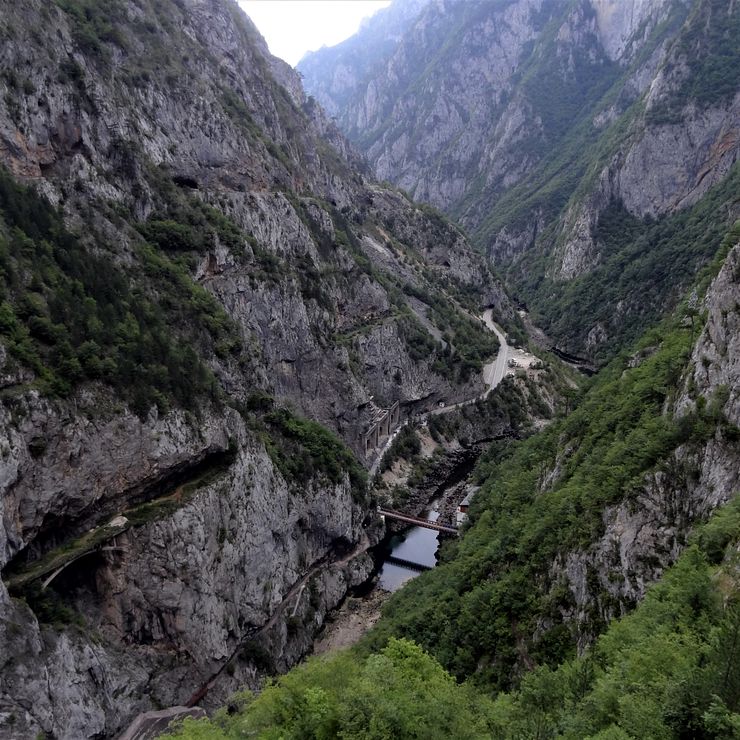
Comments
Comments are closed. Contact me if you have a question concerning the content of this page.